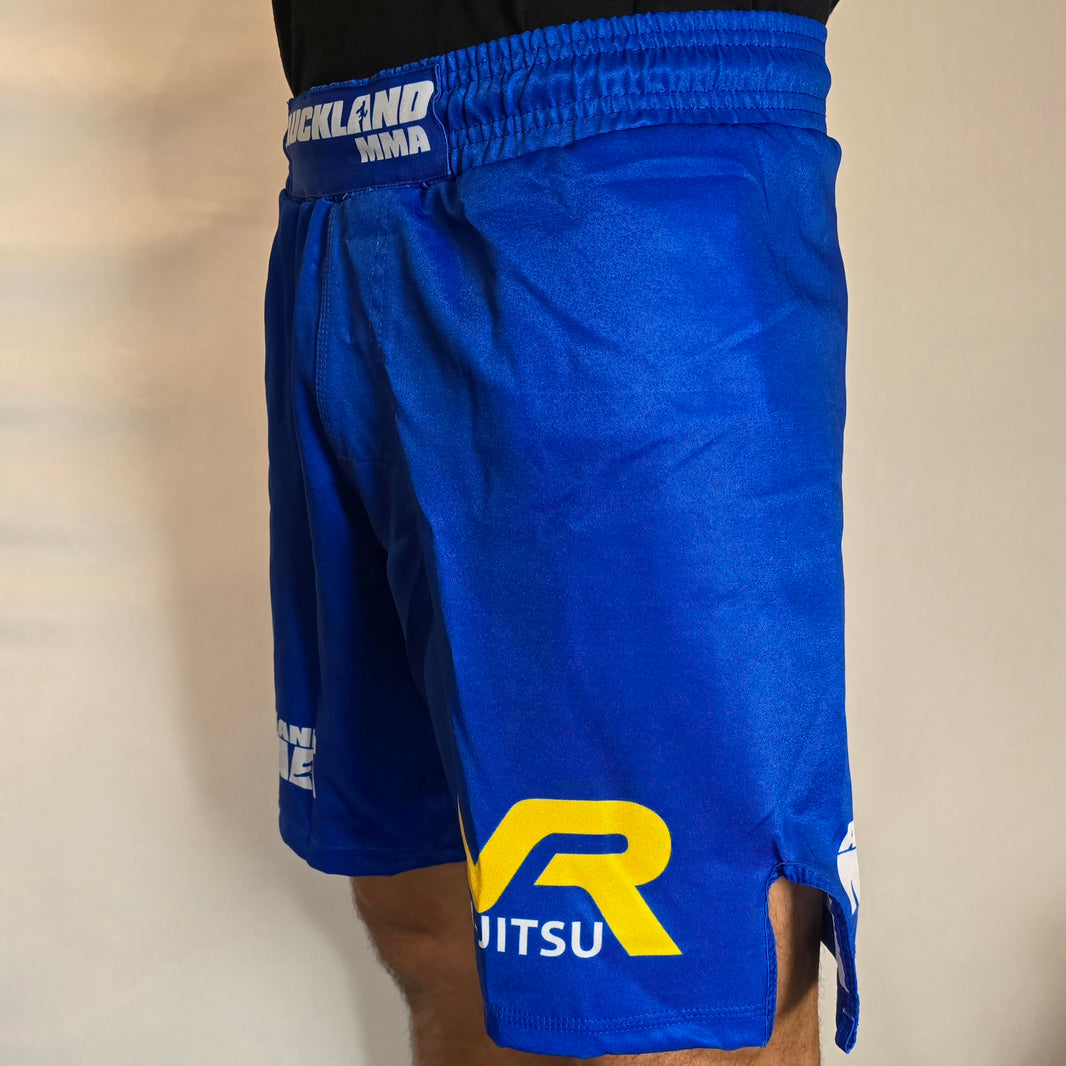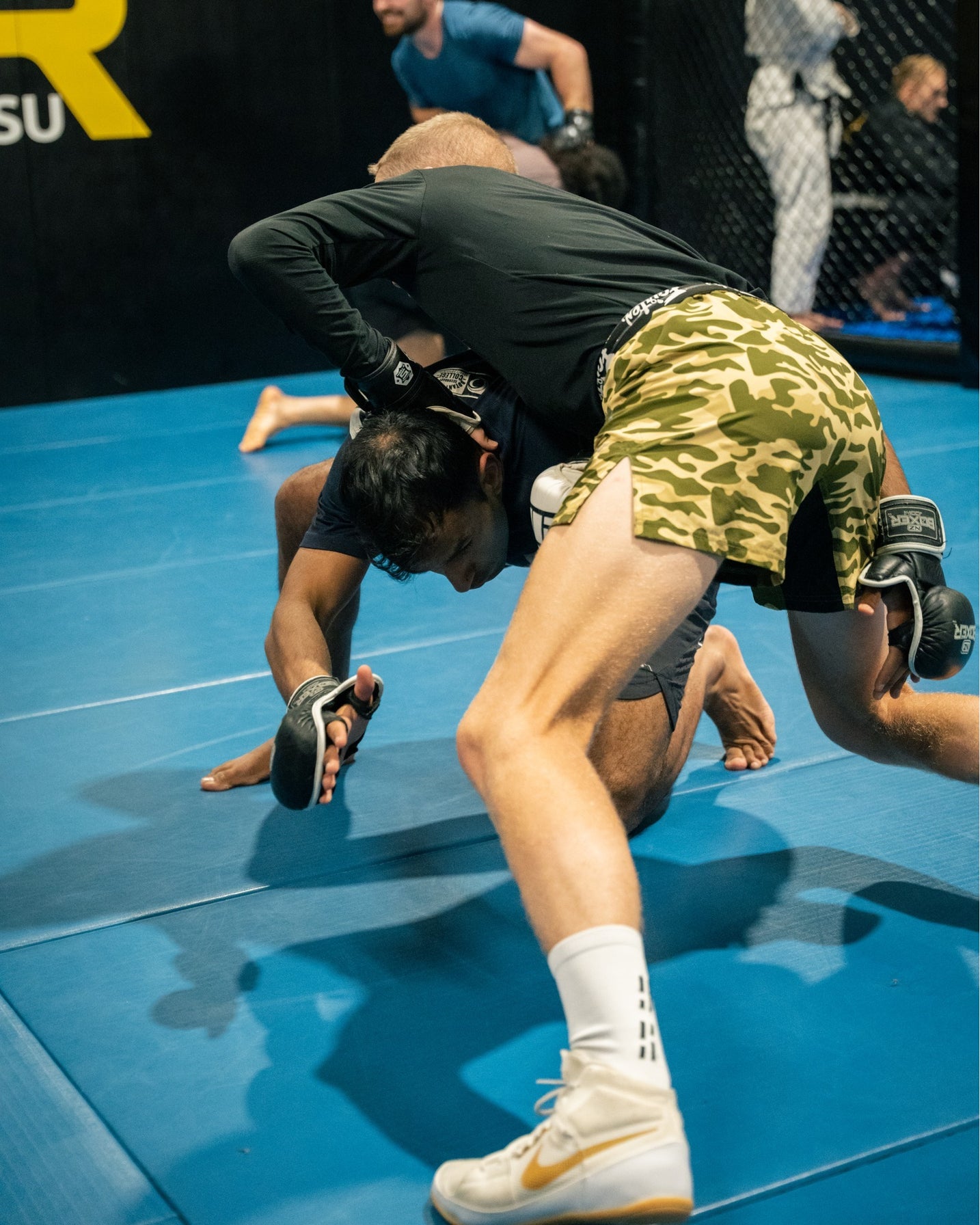Mixed Martial Arts (MMA) and kickboxing are intense combat sports that demand physical prowess, technical skill, and mental toughness. However, the physical demands of these sports can also lead to various injuries if proper precautions are not taken. Understanding common injuries, how to avoid them, and the best recovery practices is crucial for any practitioner. Here’s a comprehensive guide to help you stay safe and healthy in your training.
Common Injuries in MMA and Kickboxing
- Sprains and Strains: These injuries are common due to the repetitive movements and high-impact nature of the sports. They often occur in the ankles, wrists, and knees.
- Fractures: High-impact strikes and falls can lead to broken bones, particularly in the hands, feet, and ribs.
- Cuts and Bruises: Given the contact nature of MMA and kickboxing, cuts and bruises are almost inevitable. They usually occur on the face, shins, and forearms.
- Joint Injuries: Knees, shoulders, and elbows are particularly vulnerable to dislocations, ligament tears, and other joint issues.
- Concussions and Head Injuries: Strikes to the head can cause concussions, leading to serious short-term and long-term health issues.

Preventing Injuries
-
Proper Warm-Up and Cool-Down:
- Warm-Up: Spend at least 10-15 minutes warming up with light cardio and dynamic stretches to increase blood flow and flexibility.
- Cool-Down: After training, cool down with static stretches and gentle movements to reduce muscle stiffness and aid recovery.
-
Use Proper Gear:
- Protective Equipment: Always use high-quality gloves, shin guards, headgear, and mouthguards. This gear provides essential protection for your hands, shins, head, and teeth.
- Supportive Shoes: Wear appropriate footwear that provides good support and grip to prevent ankle and foot injuries.
-
Technique Over Power:
- Focus on Technique: Proper technique reduces the risk of injury significantly. Always prioritize learning and executing moves correctly rather than relying on brute force.
- Training: Regularly attend training sessions with a qualified coach who can correct your form and ensure you’re practicing safely.
-
Listen to Your Body:
- Rest: Ensure you get enough rest and recovery time. Overtraining can lead to fatigue, increasing the risk of injury.
- Pain: Don’t ignore pain. It’s your body’s way of signaling that something is wrong. Take a break and seek medical advice if necessary.
-
Strength and Conditioning:
- Conditioning: Incorporate strength and conditioning exercises into your routine to build muscle strength, endurance, and flexibility. Strong muscles and joints are less prone to injury.
- Cross-Training: Engage in activities like swimming, yoga, or Pilates to improve overall fitness and flexibility.
Recovery Practices
-
Immediate Action:
- RICE Method: For acute injuries, use Rest, Ice, Compression, and Elevation (RICE) to reduce swelling and pain.
- Medical Attention: Seek immediate medical attention for severe injuries like fractures or concussions.
-
Rehabilitation:
- Physical Therapy: Follow a physical therapy program to regain strength and mobility after an injury.
- Gradual Return: Gradually return to training, starting with low-intensity exercises and progressively increasing the intensity.
-
Nutrition and Hydration:
- Balanced Diet: Maintain a balanced diet rich in protein, vitamins, and minerals to support muscle repair and overall health.
- Hydration: Stay hydrated to keep your muscles and joints functioning properly.
-
Mental Health:
- Support: Mental health is as important as physical health. Seek support from coaches, teammates, or mental health professionals if needed.
By following these guidelines, you can minimize the risk of injuries and ensure a safe and effective training experience. Remember, taking care of your body is essential for long-term success and enjoyment in MMA and kickboxing. Prioritize safety and proper recovery to keep pushing your limits and achieving your goals in these dynamic sports.



















